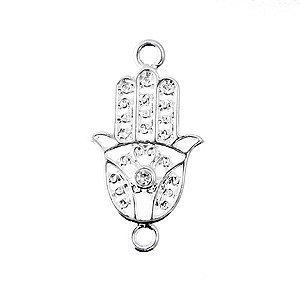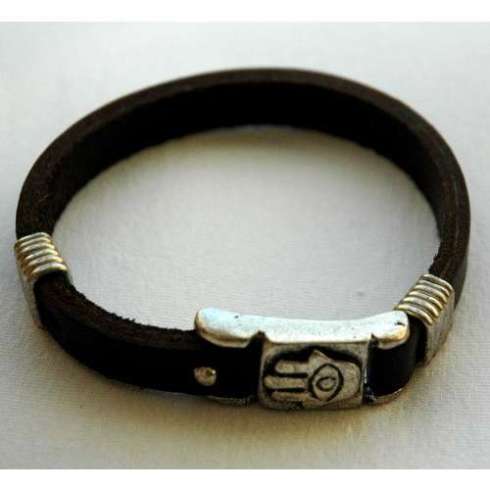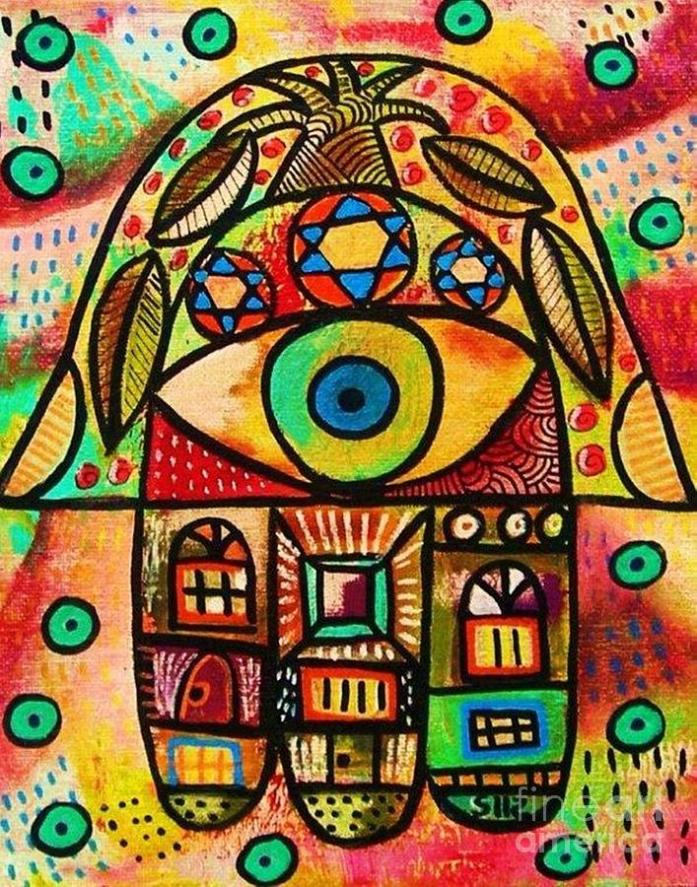Everyone has their “quirks” and unique personalities, and sometimes these can even make us cute, special or endearing to many. However, some “quirks” are a bit less attractive, and when they are, self-awareness is somewhat critical in either improving upon them or managing their impact on others. Most importantly no one is perfect.

That said, many people aren’t self-aware or aren’t self-aware ALL of the time. Maybe it is someone at the gym who thinks that all of the equipment is his or her very own and doesn’t like to share. Or, maybe it is a family member who believes that they are always right and that the rest of the world is wrong. Or, maybe you work with a colleague who just doesn’t have any sense of how they bully others. Some of these people can produce continual toxicity in our lives, while others may cause only a momentary frustration. Whoever or whatever the case may be, these people are among us.
But why is self-awareness so important? It makes us better people. Here’s why:
Empathy: Having the ability to see when we are wrong or when we have made a mistake allows us to see other peoples’ perspectives and to be empathetic to their situation or their feelings.
Admission: Have you noticed when people aren’t self-aware, it is very difficult for them to apologize or admit that they are wrong? Often, these people can’t even SEE that they are wrong in the first place. They tend to think that they are always right and if something doesn’t work out as planned, it is always someone else’s fault.
Man in the Mirror: If we can acknowledge our flaws, we can make positive change to improve upon them. Knowing is half the battle…and if you can admit to the qualities that are less than stellar about yourself…you can change them or improve upon them.
Tolerance: When you can see your own faults, it is easier to accept others’.
Humility: Understanding that we ourselves are not perfect allows us to get off our high-horses. Further, know we can always be better and as a result, can be thankful for the good that does come our way.
Likability: No one likes a know-it-all or an individual who thinks they are always right. Having the ability to see other peoples viewpoints, to be open and flexible, and acknowledge that you are not the only person who has the answer makes you a more attractive person.

So how self-aware are you? Here are a few questions to ask:
Do you listen to others during a conversation? Or, do you tend to do a lot of the talking?
Do you ask others how they feel about situations? Or, do you make assumptions based on your own feelings?
Do you think about how your actions affect others? Or, are you confident that others are fine with how you handle situations?
Are you aware of other people’s social cues? Or, do you mostly focus on your own?
Can you admit when you are wrong, and have apologized when you are? Or, do you tend to think that things are wrong or go bad because of others?
If you answered yes to most of the first questions in each pair, you are most-likely self-aware. If you answered yes to most of the second questions in each pair, you probably could afford to tune into other people’s reactions and do some inner reflecting.
Self awareness gives you the ability to be open, thoughtful and aware of how you impact others. It is one of the best and most valuable qualities you can have! Do you think you are self-aware? Have you met others who aren’t? How did they make you feel?


















